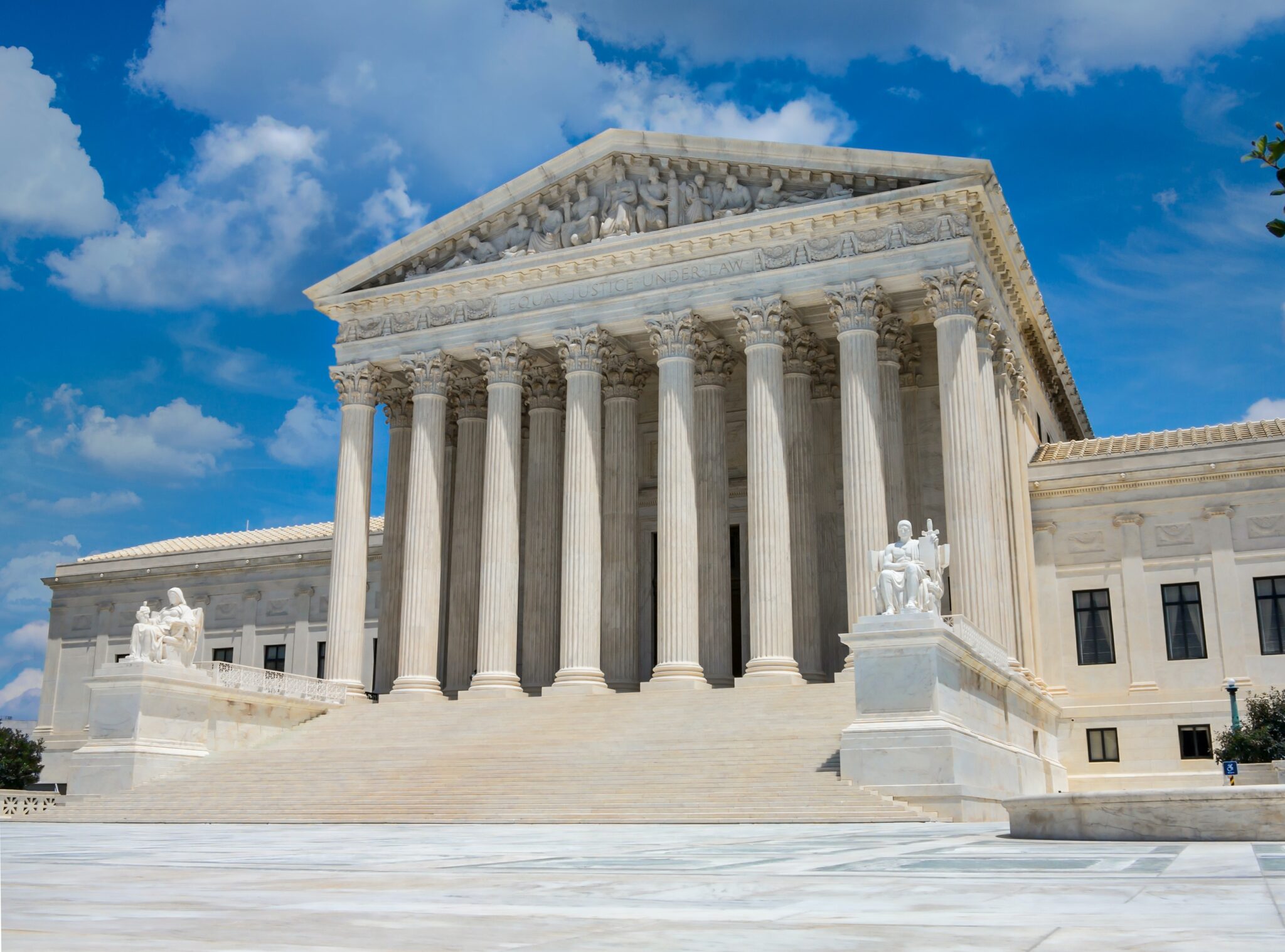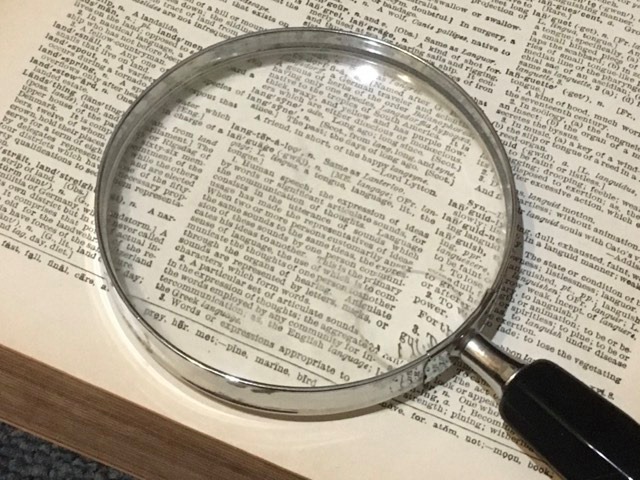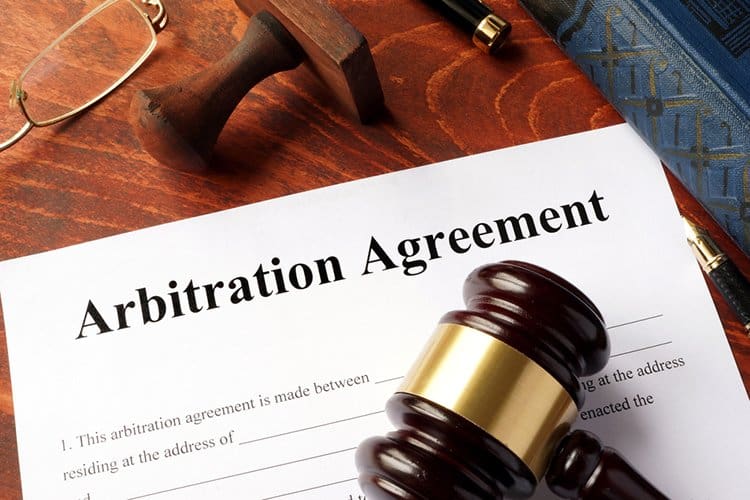
Darin M. Dalmat is a Senior Partner at Barnard, Iglitzin, & Lavitt LLP—a law firm in Seattle, Washington, that represents unions.
Sometimes, good facts make good law. The NAACP Legal Defense Fund dismantled desegregation through careful plaintiff selection and a long-term strategy that built precedent on precedent. It’s also a well-worn refrain that bad facts make bad law. If a law’s opponents can identify its worst abusers and generate cases to carve out exceptions, soon the exceptions could swallow the rule and leave no one with meaningful protections.
What about hypothetical facts? Do they make hypothetical law?
In an earlier post on this blog, I showed that the Supreme Court’s decision in Glacier
“[H]olds only that when a court analyzes a motion to dismiss, an employer can survive a pleadings challenge by alleging the workers prompted the creation of a perishable product and doing so created an aggravated, imminent risk to expensive employer equipment because, for example, the ‘created’ perishable product would spoil in a manner that would ruin the equipment (not just require its cleaning).”
The decision, in short, focused on Glacier’s pleaded allegations and did not meaningfully change substantive strike protections.
Meanwhile, as Andrew Strom recently explained, an ALJ held a nine-day hearing to determine the actual facts of this case. Days before the New Year, the ALJ issued his decision, holding—on the actual facts of the case and “contrary to Glacier’s state court allegations” (ALJD 5)—that the NLRA protects the drivers’ strike. Id. at 4–5, 29–34.
The ALJ concluded that under the Board’s “reasonable precautions” cases, “strikes are not unprotected simply because they commence during the workday and without sufficient notice to prevent the spoilage of perishable products.” ALJD 32. Indeed, “it is critical to the analysis whether the Union and the drivers took reasonable precautions to prevent harm to the trucks.” That’s because strikers have a duty under Board law to protect against only “foreseeable, aggravated, and imminent danger due to the sudden cessation of work.” Glacier, 598 U.S. 771, 780 (2023) (emphasis added). The loss of $25,000 in perishable concrete is not “aggravated” harm. ALJD 19.
The ALJ therefore rightly focused on “whether the Union and drivers took reasonable precautions to prevent harm to the trucks.” ALJD at 32. The actual facts show they did.
In stark contrast to Glacier’s hypothetical allegations, the ALJ found:
- The Union called the strike on a day designed to avoid disrupting a mat pour—a complex nighttime job that, if interrupted, could have jeopardized the building’s structural integrity. ALJD 6.
- The Union called the strike at a time when the drivers could show greatest solidarity by walking off the job together. ALJD 6. It knew, though, that non-unit employees would be available to take care of the trucks and any leftover concrete could be safely dumped without environmental threat. ALJD 33
- At the time of the strike’s commencement, drivers were in various stages of their work. Only 19 of 53 drivers had full or nearly full loads. ALJD 11.
- The Union gave repeated instructions to the striking drivers to return their vehicles to the employer’s yard, secure them, wash them out, and let their supervisor know of the return. ALJD 6–8.
- Most drivers followed these instructions. A few went above and beyond and finished their deliveries before striking. ALJD 12. Several drivers who returned trucks with concrete in them dumped the concrete and rinsed out the drums. ALJD 15. Others didn’t dump the concrete but notified management they were returning the trucks. ALJD 15, 33.
- All but one driver returned the trucks running, which automatically kept the drums turning, id., yet another point Glacier misrepresented to dupe the Court. Cf., 598 U.S. at 784 (relying on Glacier’s allegation that even if the trucks were running, “that would not necessarily mean that the delivery trucks’ drums continued rotating.”).
- There was no emergency. When the mixer drums are turning, as happened here, it takes 2–3 hours before concrete hardens, and this time can be extended multiple times by adding water, sugar, or readily available chemicals. ALJD 15, 17, 32–33.
- The Union did not time the strike to cause maximum damage to the Employer. ALJD 34.
These facts show the Court should never have taken the case. The state-court decision affirming the dismissal of the tort claims was 9-0 and, contrary to Glacier’s disingenuous petition, there was no circuit split. (The petition’s attack on the state court’s so-called “competing principles” did not make it to the company’s merits brief, oral argument, or the Court’s decision.)
Yet, the Court took the case—notwithstanding the Board’s active pursuit of the matter—likely because Glacier alleged “bad facts” that painted a false picture of the strikers’ conduct. The Court’s eagerness to resolve an imagined dispute on hypothetical facts reflects an unnerving trend in recent cases.
The Court changed religious exercise jurisprudence, for example, by portraying a praying coach as engaged in “private and quiet” prayer, even though the actual record showed his on-field prayers were more like public rallies than private meditations. It carved out exceptions to antidiscrimination laws in public accommodations based on stipulated facts that were either speculative (web-designer, who had not yet had customers, was willing to create custom websites for clients of any sexual orientation) or legal conclusions (all her web services were purely expressive). The list goes on.
This trend is possible because, notwithstanding Article III, the Court does not actually grant certiorari to resolve “cases or controversies”; it takes cases to resolve questions that interest it. Sup. Ct. R. 14.1(a). As one scholar puts it, the Supreme Court no longer uses certiorari “as a way to avoid contested cases” but instead “now uses certiorari to directly engage with the most contentious underlying issues.” Benjamin Johnson, The Origins of Supreme Court Question Selection, 122 Colum. L. Rev. 793, 801 (2022) (discussing the advent of question-selection in the wake of the Judiciary Act of 1925, also known as the Judges’ Bill).
The Supreme Court took Glacier to answer whether “the National Labor Relations Act impliedly preempt[s] a state tort claim against a union for intentionally destroying an employer’s property in the course of a labor dispute.” Petition, i.
Thankfully, the Court did not answer that question on its terms, which presumed Glacier’s hypothetical facts on hypothetical Board law (that would have substituted “intentional destruction” for “reasonable precautions”). Instead, it held that an employer can survive a pleadings challenge by alleging workers failed to take reasonable precautions to avoid foreseeable, aggravated, imminent risk to property by prompting the creation of a perishable product thus risking harm to expensive equipment. As Andrew discusses, Justice Jackson argued in dissent that the Court would have done better to allow the Board proceedings to play out and the actual facts to be determined without intervening pronouncements from the Supreme Court on counterfactual hypotheses.
The facts have now been determined. Any future review will be appellate in nature, leaving the facts undisturbed unless unsupported by substantial evidence. Substantial evidence supports the ALJ’s decision, not Glacier’s fantasy. Glacier’s ultimate precedential story will thus likely remain that the NLRA protects strikers, as here, who take reasonable precautions.
Let’s hope tomorrow’s unions (and their lawyers) read the Board’s decision analyzing the actual facts alongside the Supreme Court’s analysis of Glacier’s fictional tale.
The views and opinions expressed in this article are those of the author and do not necessarily reflect the views or positions of any entities that the author represents.









Daily News & Commentary
Start your day with our roundup of the latest labor developments. See all
June 30
Antidiscrimination scholars question McDonnell Douglas, George Washington University Hospital bargained in bad faith, and NY regulators defend LPA dispensary law.
June 29
In today’s news and commentary, Trump v. CASA restricts nationwide injunctions, a preliminary injunction continues to stop DOL from shutting down Job Corps, and the minimum wage is set to rise in multiple cities and states. On Friday, the Supreme Court held in Trump v. CASA that universal injunctions “likely exceed the equitable authority that […]
June 27
Labor's role in Zohran Mamdani's victory; DHS funding amendment aims to expand guest worker programs; COSELL submission deadline rapidly approaching
June 26
A district judge issues a preliminary injunction blocking agencies from implementing Trump’s executive order eliminating collective bargaining for federal workers; workers organize for the reinstatement of two doctors who were put on administrative leave after union activity; and Lamont vetoes unemployment benefits for striking workers.
June 25
Some circuits show less deference to NLRB; 3d Cir. affirms return to broader concerted activity definition; changes to federal workforce excluded from One Big Beautiful Bill.
June 24
In today’s news and commentary, the DOL proposes new wage and hour rules, Ford warns of EV battery manufacturing trouble, and California reaches an agreement to delay an in-person work mandate for state employees. The Trump Administration’s Department of Labor has advanced a series of proposals to update federal wage and hour rules. First, the […]